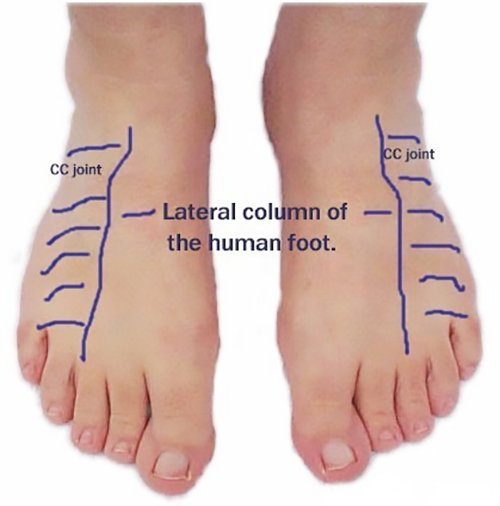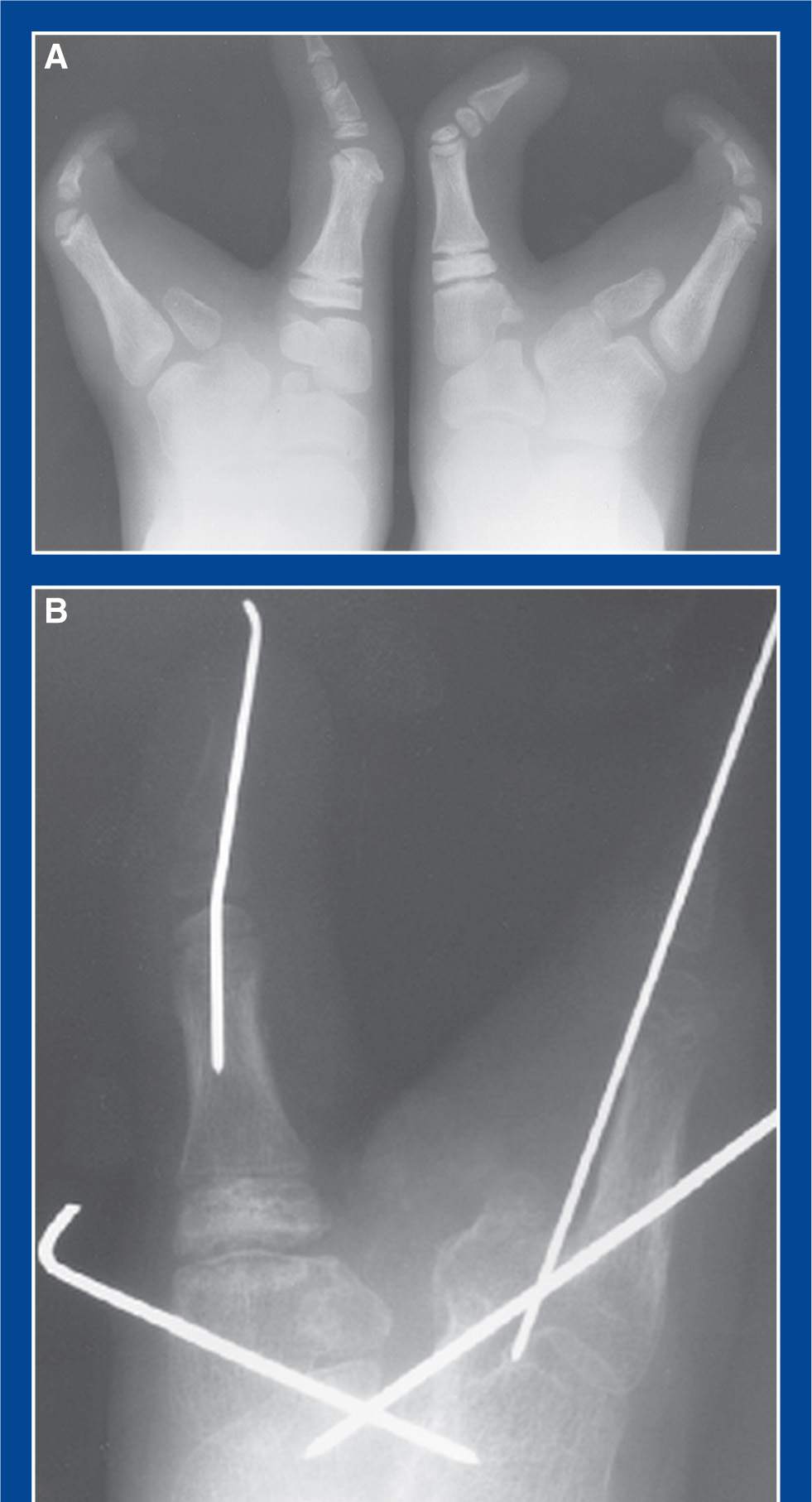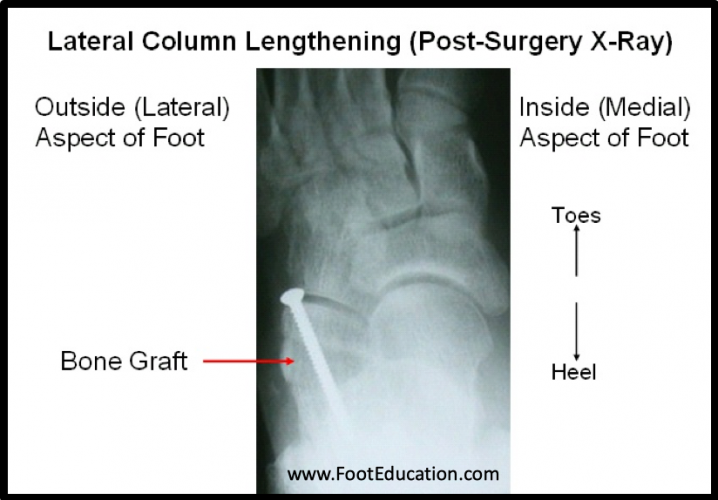
Pin on Health
Lateral column overload and fifth metatarsal bursitis are not uncommon following lateral column to lengthen (stage 2 AAFD) and hindfoot arthrodesis (Stage 3 AAFD) when medial column instability or forefoot varus is present. Ground reactive forces will be shifted laterally the following realignment, and an unstable medial column or forefoot.

How To Manage Isolated Lateral Column Pain
What is Lateral Column Overload? Lateral column pain has a variety of possible etiologies ranging from peroneal tendon disorders and cuboid syndrome to skewfoot and postoperative symptoms. Lateral column pain is a descriptive term for a number of symptoms involving the joints and bones of the lateral column.

Lateral Column Overload Country Foot Care Feet care, Column, Health
What Is Lateral Column Overload? The lateral column of your foot (illustrated in blue) includes the heel bone, cuboid bone (in front of the heel bone), the fourth and fifth metatarsals (long bones) and the fourth and fifth toes. When the forces acting on the outside of the foot are increased, this part of the foot can become overloaded, leading.

Cuboid Syndrome Causes and treatment options
Lateral column pain is a descriptive term for a myriad of symptoms involving the joints and bones of the lateral column. The lateral column is comprised of the calcaneus, the cuboid and the fourth and fifth metatarsals as well as their respective joints, the calcaneocuboid, the cuboidometatarsal and the intermetatarsal joints.

Contact our experts at Country Foot Care to take care of your lateral
Lateral Column Syndrome will present with pain on the lateral (outside edge) of the foot. Problems are centered in an area made up of the fourth and fifth metatarsals, and the associated tarsal joints. Pain on the lateral column may involve the calcaneocubion joint on the fourth and fifth metatarsal-cuboid joints.

How To Manage Isolated Lateral Column Pain
The lateral column of the foot includes the calcaneus, the cuboid, the fourth and fifth metatarsals as well as the calcaneocuboid, cuboido-metatarsal, and intermetatarsal joints. It may be helpful to think in a "lateral column" fashion when evaluating and treating certain lateral foot injuries, load patterns, and biomechanical or anatomical.

best shoes for lateral column overload lifelinereview
Lateral column lengthening Calcaneal osteotomy Arthrodesis Arthritis Download chapter PDF 1 Introduction The flatfoot deformity in adults comprises a wide spectrum of ligament and posterior tibial tendon (PTT) failure that results in significant deformity and disability.

How To Manage Isolated Lateral Column Pain
lateral column pain AUTHOR: Marc Mitnick DPM REVIEWED BY: Podiatric Medical Review Board home--> lateral column pain WHAT IS LATERAL COLUMN PAIN. Pain on the outside of the foot, commonly known as lateral column pain in the medical community, is a fairly common occurrence. This is usually a result of some sort of twisting injury to the foot or an injury such as a sprained ankle.

Pin on ankle
In newly active patients with lateral column pain, the most common cause of pain is a varus rearfoot with overstress of the peroneal tendons and cuboid region. There is often a chronic subluxation of the cuboid region that requires conservative care.

Lateral Column Overload
What causes lateral column overload? Lateral column overload can have a variety of causes and contributing factors that result in higher levels of stress pressure on the lateral foot bones and joints. These can include: Abnormal foot biomechanics High-arched (supinated) foot type Arthritis Altered gait from injury Injury/trauma Stress fractures

Lateraltorsional buckling of an IPE100 beamcolumn under axial and
Lateral column overload is a condition describing pain due to excessive weight running through the lateral column onto the outer part of the midfoot. This kind of pain is often associated with a high arched foot or a very flat foot.

Lateral column overload is a somewhat non-specific condition that leads to pain in the outside part of the midfoot. It results from excessive loading through the bones on the outside part of the foot (calcaneus, cuboid, 5th metatarsals).

Foot Malformations Musculoskeletal Key
The lateral column of the foot includes the calcaneus, the cuboid, the fourth and fifth metatarsals as well as the calcaneocuboid (CC), cuboido-metatarsal and intermetatarsal joints. Injuries to the midtarsal joints are relatively uncommon.

lateral column pt 2 Diagram Quizlet
specialize in treating patients with foot and ankle problems. Show us where the pain is! Have foot pain or ankle pain? Click on one of the pictures below and point to the area of the foot or ankle where it hurts. Then click to see some of the diagnoses that cause foot symptoms in that area. © footEducation.com

Lateral Column Lengthening FootEducation
Lateral Column overload 1) Off-load lateral column 2) Increase pronatory forces 3) Decrease supinatory forces 4) Increase stability along lateral column • Peroneal Tendonitis • Chronic lateral ankle sprains • Laterally deviated STJ axis9 • Pes Cavus 1) No lateral bevel on rearfoot

Lateral Column Lengthening FootEducation
The lateral column is typically lengthened by means of an Evans-type procedure or calcaneocuboid distraction arthrodesis. Pain and discomfort may arise as a consequence of lateral overload in the hindfoot and possibly the forefoot [41, 43••, 44, 45]. At our institution we have found the incidence of lateral overload/pain to decrease.